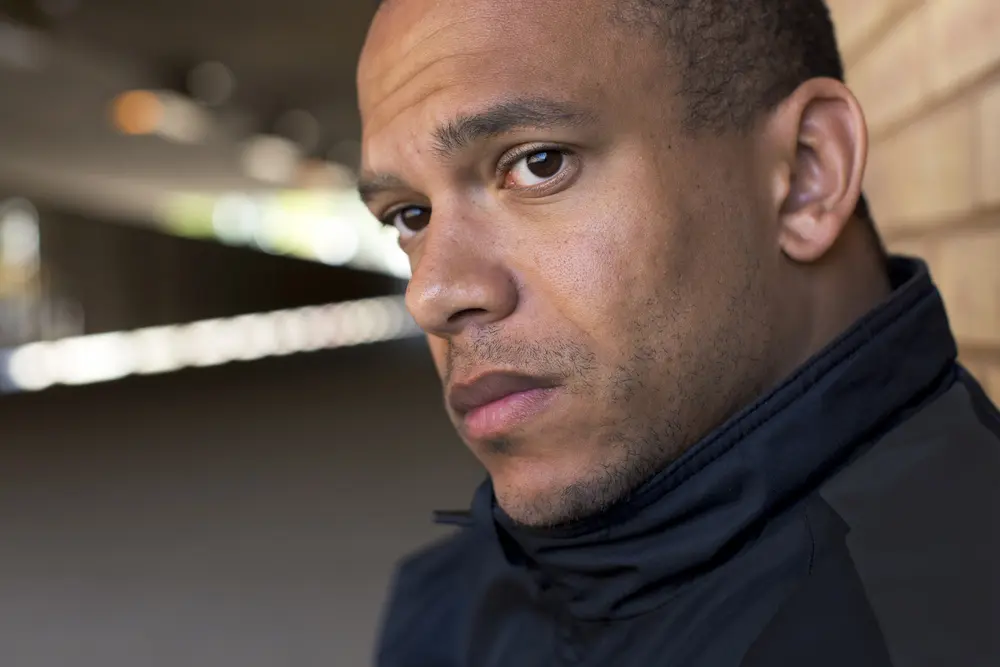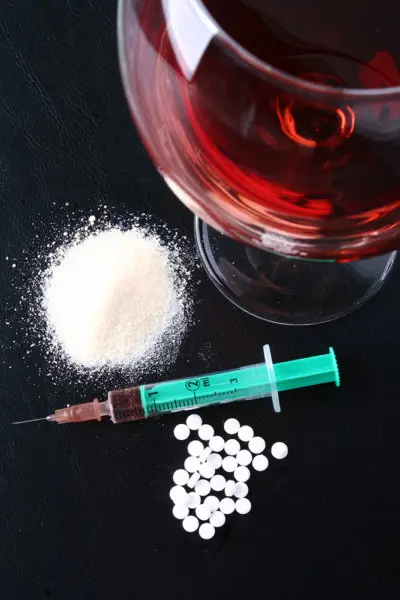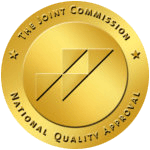What Is Polysubstance Abuse?

If you or someone you know struggles with addiction, you may have heard the term “polysubstance abuse” and wonder what it means. As the name implies, part of the definition is that the person abuses multiple substances. Anyone who wants to recover from addiction with multiple substances should learn what this term means, how it affects the user, and what treatment options are available.
What Defines Polysubstance Abuse?
A person who is diagnosed with polysubstance abuse is addicted to the feeling of “being high” regardless of what substance is used, and without necessarily even having a preference for one particular substance. In general, the person uses three different substances, though some definitions say it only requires only two substances.
While any addictive substance can be part of polysubstance abuse, alcohol is often one. Some of the most popular combinations are cocaine, alcohol and heroin. Other substances used in polysubstance abuse include the following:
- Opiates
- Inhalants
- Cannabis
- Amphetamines
- Hallucinogens
- Benzodiazepines
While most instances of polysubstance abuse involve alcohol and illegal drugs, prescription medications can also be used. In fact, the medications can be prescribed to help with a physical or emotional problem but then become addictive.
Diagnosing Polysubstance Abuse
It can be difficult to diagnose polysubstance abuse if someone is only aware of one substance being used. To be diagnosed for this condition requires meeting certain criteria. First, the person must be using a minimum of three substances. This doesn’t count nicotine or caffeine, which may also be addictive.
Furthermore, the person must exhibit at least three symptoms within 12 months from this list:
- Loss of control – Repeatedly using the drugs more often or in higher frequencies than planned
- Unable to stop using – the person may have failed to cut down or stop using the drugs or have no desire to stop using
- Tolerance – the person requires higher doses to feel any effect, which requires the person to use at least 50 percent more than what they used originally
- Withdrawal – the person has withdrawal symptoms when they don’t use the drugs or they take the drugs to avoid the symptoms
- Interfering with activities – the person stops engaging in activities and interests or cuts down on time spent on other pursuits; this may include work, school, hobbies and socialization
- Time – more time is spent either obtaining or using drugs and being under the influence
- Self-harm – the person continues using drugs in spite of physical harm it has caused or made worse

It’s important to note that it is possible to have multiple addictions, which is not the same as polysubstance addiction.
For example, a person may be addicted to cocaine, heroin and alcohol and require more of these specific substances. This is an instance of multiple addictions rather than a polysubstance addiction.
For a case to be a true polysubstance addiction, the person is addicted to the effects of substances, and the particular substance used is a secondary consideration for them. They simply stick with the same three or more substances because of convenience and easy access.
Contributing Factors to Polysubstance Abuse
A common question for people who know someone abusing multiple substances is “What caused it?” There are several factors that can lead to this type of abuse and addiction. The history of polysubstance abuse often begins genetically with someone who has a parent or other family member diagnosed with some form of addiction.
In addition to genetics, social factors play a key role. Young adults and even underage people may be given multiple substances to try. They enjoy the “high” that is created and focus on that feeling of pleasure over what substance is being used.
People also often use multiple substances in an attempt to enhance the effects of a single drug to create a more intense or long-lasting high.
A third cause for polysubstance abuse disorders is mental health issues. Many people who abuse substances in general are dealing with some kind of mental health disorder. Those with depression or high anxiety use these substances to help them feel calmer or more positive. They enjoy the feeling of being “normal” so they continue to seek out any drug that will help them achieve the state. These people often don’t realize at first the consequences of self-medicating.
Detox for Polysubstance Abuse and Addiction
The first step in treatment is the same as with any substance addiction. The person must go through detoxification to remove the substance from their system. The exact process depends on which substances are being used and the withdrawal symptoms that accompany them.
Many times, the person will have to go through blood testing, urine tests and other methods to determine which substances are present. The person may not want to tell this information for fear of getting in trouble.
Because of the complexities of abusing multiple substances, the person often requires inpatient care for detoxing in this situation. They may be prescribed medications to help with withdrawal symptoms or to allow the person to detox more slowly.
Treatment for Polysubstance Abuse and Addiction
Once initial detox is complete, the person will begin treatment. This phase can last from a few days or weeks to months, depending on other factors such as the presence of a mental illness. The person may continue with residential inpatient addiction treatment or attend an outpatient addiction rehab program. The choice often depends on the support system they have in place and other responsibilities.
Treatment comes in four phases, which are outlined by the National Institute on Drug Abuse. They include initiation of treatment, early abstinence, continued abstinence and ongoing recovery.
During the first phase, the focus is on managing symptoms of withdrawal. This includes physical and psychological symptoms that the person may experience. In the second phase, the person will learn how to deal with triggers and avoid relapse. It is during the third stage that the patient is most likely to move out of rehab and into an outpatient treatment program, or a sober living home. An aftercare addiction treatment program is often beneficial as well. The final stage is officially reached after five years of being clean.

Treatment often consists of cognitive behavioral therapy and possibly medication to treat the mental illness. Individual and group therapy may also be necessary to help the person overcome the issues that led to addiction. One of the goals in treatment is to help the person learn how to function without the need to get high. A doctor may prescribe anti-anxiety medications or other drugs to help stabilize moods and prevent anxiety or depression in a positive way. The person will need to be continually monitored to ensure they are only following the prescribed treatment and not self-medicating.
Even after initial treatment is completed, the person may need to join an ongoing program or attend counseling on a long-term basis. This includes groups like Narcotics Anonymous or Alcoholics Anonymous.
Overcoming addiction to more than one substance or to the feeling of intoxication is more difficult than just battling one drug. However, it is possible to be drug-free and live a normal life. The person may relapse – even multiple times. The key is to not give up but to keep trying. Addiction is a lifelong challenge that must be dealt with. A person must believe they are strong enough to become sober and stay that way.
People with strong support systems have a better chance at success. It’s important for the family to understand the effects of polysubstance abuse and addiction, so they know to look for the signs and understand what causes it and how it can be treated.
If you are using multiple substances to feel the effects or you suspect someone is taking drugs to experience the high that comes from them, the problem may be polysubstance abuse. It’s important to seek help to begin recovery.
Beginnings Treatment Centers provide modern and effective programs for the treatment of substance abuse addiction and alcoholism. Our addiction treatment centers are located in beautiful and sunny Southern California in Orange County, which has one of the strongest and most active recovery communities in the United States. If you or a loved one is currently experiencing a problem with addiction, or if you are concerned and not sure, please Contact Beginnings Treatment Centers Now.

